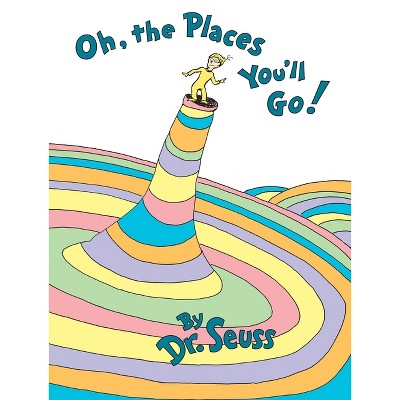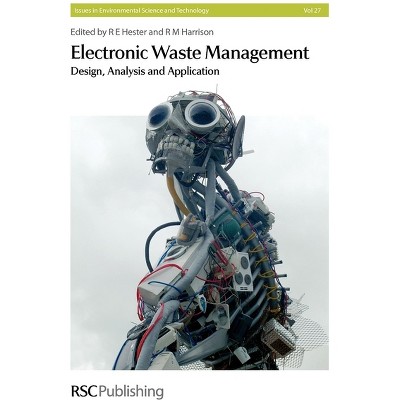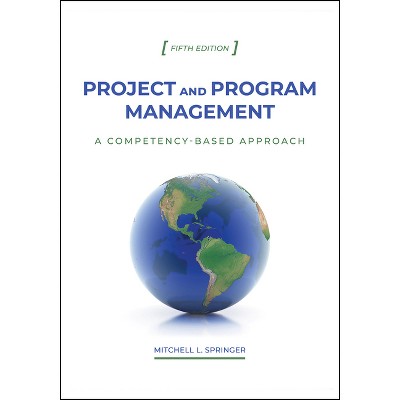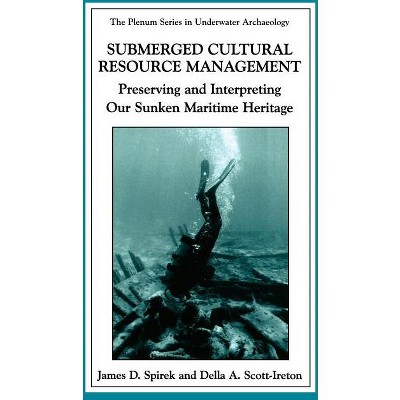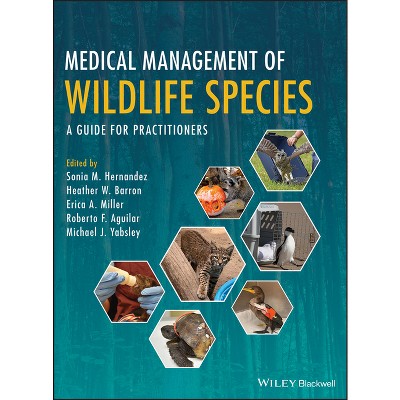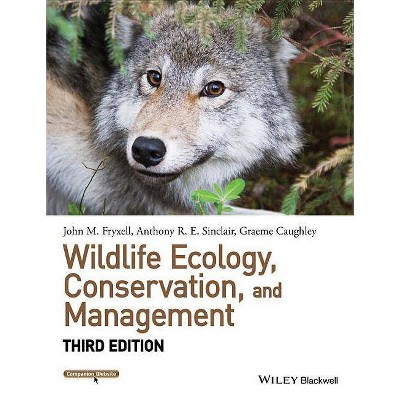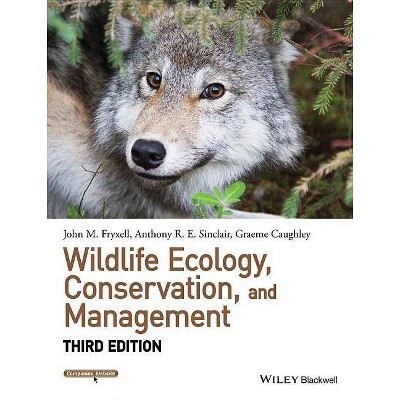About this item
Highlights
- We developed the first edition of this book because we perceived a need for a compilation on study design with application to studies of the ecology, conser- tion, and management of wildlife.
- Author(s): Michael L Morrison & William M Block & M Dale Strickland & Bret A Collier & Markus J Peterson
- 386 Pages
- Nature, Animals
- Series Name: Springer Environmental Management
Description
Book Synopsis
We developed the first edition of this book because we perceived a need for a compilation on study design with application to studies of the ecology, conser- tion, and management of wildlife. We felt that the need for coverage of study design in one source was strong, and although a few books and monographs existed on some of the topics that we covered, no single work attempted to synthesize the many facets of wildlife study design. We decided to develop this second edition because our original goal - synthesis of study design - remains strong, and because we each gathered a substantial body of new material with which we could update and expand each chapter. Several of us also used the first edition as the basis for workshops and graduate teaching, which provided us with many valuable suggestions from readers on how to improve the text. In particular, Morrison received a detailed review from the graduate s- dents in his "Wildlife Study Design" course at Texas A&M University. We also paid heed to the reviews of the first edition that appeared in the literature.From the Back Cover
After the success of the first edition, Wildlife Study Design returns with a second edition showcasing a substantial body of new material applicable to the study design of ecology, conservation and management of wildlife. Building on reviews of the first edition and feedback from workshops and graduate teaching, this new edition, authored by Michael Morrison, William Block, M. Dale Strickland, Bret Collier, and Markus Peterson, proves to be a valuable guide and reference for scientists and resource managers, as well as being a useful textbook for advanced undergraduate and graduate students.
Taking an approach from both a basic and applied perspective, the book covers numerous aspects of study design including variable classification, the necessity of randomization and replication in wildlife study design, the three major types of designs in decreasing order of rigor, detection probabilities, adaptive cluster methods, double sampling, sampling of rare species, effect size and power, and impact assessment, just to name a few. The concepts provided by the book make study design both accessible and comprehensive to a wide array of readers.
Review Quotes
From the reviews:
"Despite the large number of wildlife and conservation studies that are conducted, researchers and resource managers have not had a comprehensive guide to planning new studies. This book fills that need by covering all aspects of study designs, including surveys of major types of studies and variables, impact assessment, sampling strategies, inventory and monitoring, and analysis of data." (Abstracts of Public Administration, Development, and Environment, Issue 1, 2000)


